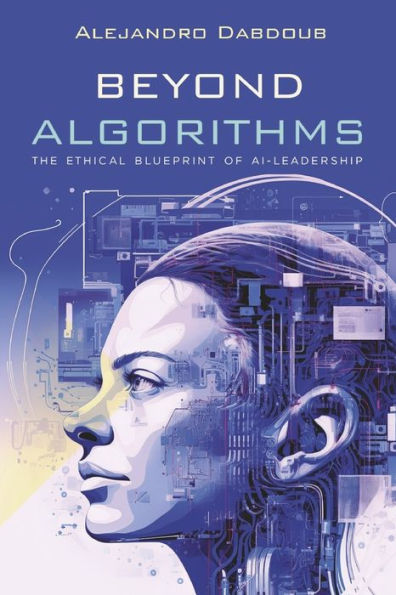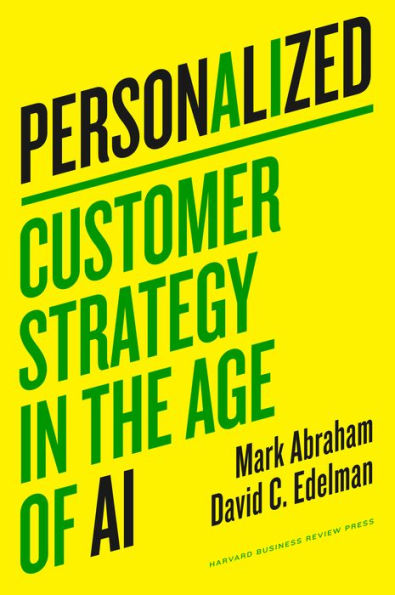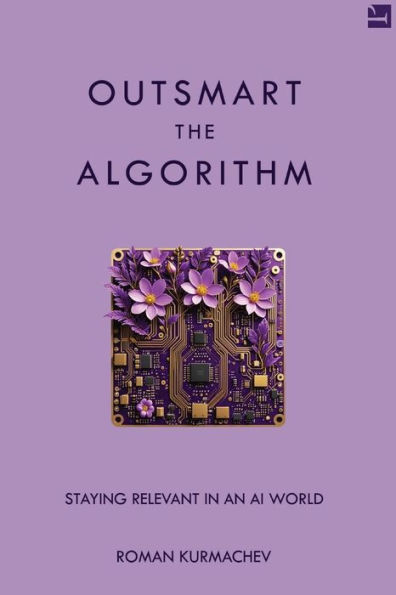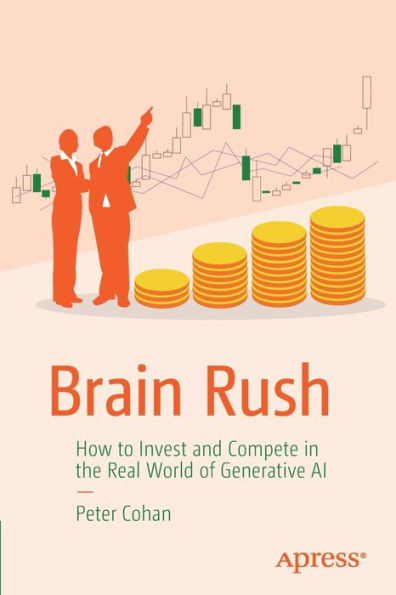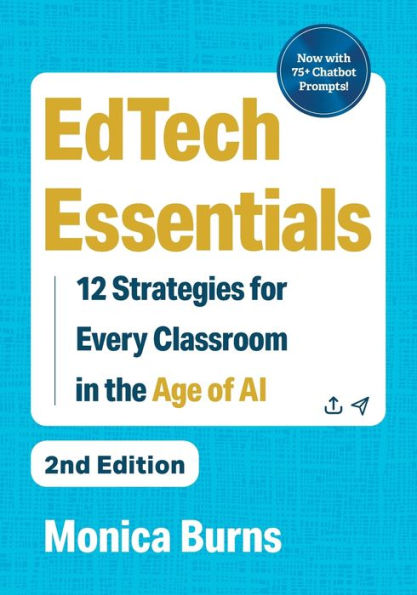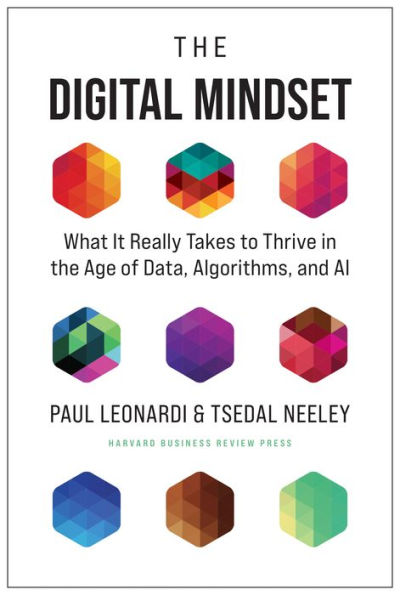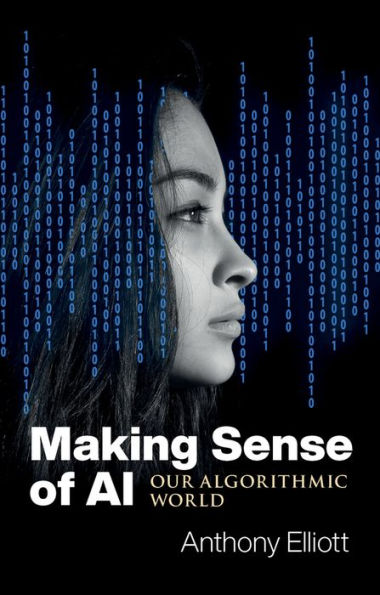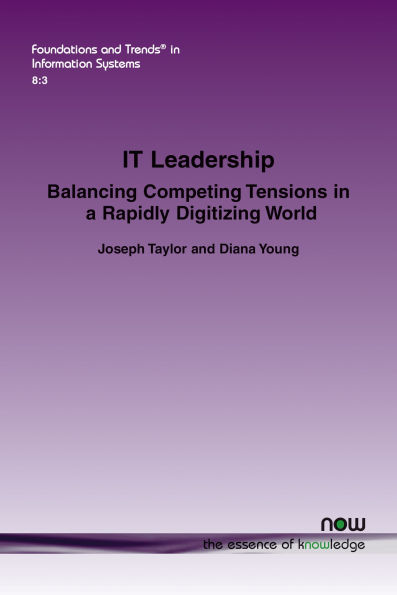Home
Competing the Age of AI: Strategy and Leadership When Algorithms Networks Run World
Barnes and Noble
Competing the Age of AI: Strategy and Leadership When Algorithms Networks Run World
Current price: $32.00
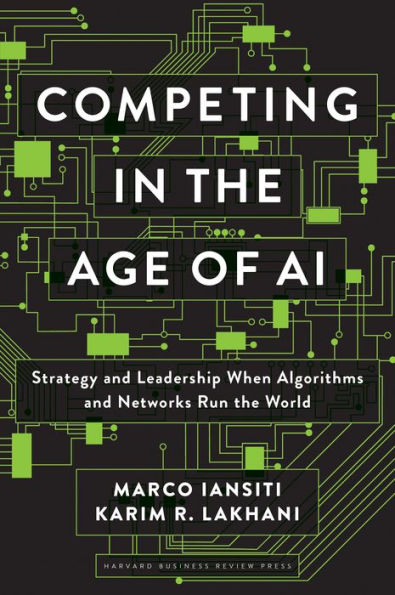

Barnes and Noble
Competing the Age of AI: Strategy and Leadership When Algorithms Networks Run World
Current price: $32.00
Size: Hardcover
Loading Inventory...
*Product information may vary - to confirm product availability, pricing, shipping and return information please contact Barnes and Noble
"a provocative new book"
The New York Times
AI-centric organizations exhibit a new operating architecture, redefining how they create, capture, share, and deliver value.
Marco Iansiti and Karim R. Lakhani show how reinventing the firm around data, analytics, and AI removes traditional constraints on scale, scope, and learning that have restricted business growth for hundreds of years. From Airbnb to Ant Financial, Microsoft to Amazon, research shows how AI-driven processes are vastly
more scalable
than traditional processes, allow massive
scope increase
, enabling companies to straddle industry boundaries, and create
powerful opportunities for learning
to drive ever more accurate, complex, and sophisticated predictions.
When traditional operating constraints are removed, strategy becomes a whole new game, one whose rules and likely outcomes this book will make clear. Iansiti and Lakhani:
Present a framework for rethinking business and operating models
Explain how "collisions" between AI-driven/digital and traditional/analog firms are reshaping competition, altering the structure of our economy, and forcing traditional companies to rearchitect their operating models
Explain the opportunities and risks created by digital firms
Describe the new challenges and responsibilities for the leaders of both digital and traditional firms
Packed with examplesincluding many from the most powerful and innovative global, AI-driven competitorsand based on research in hundreds of firms across many sectors, this is your essential guide for rethinking how your firm competes and operates in the era of AI.
The New York Times
AI-centric organizations exhibit a new operating architecture, redefining how they create, capture, share, and deliver value.
Marco Iansiti and Karim R. Lakhani show how reinventing the firm around data, analytics, and AI removes traditional constraints on scale, scope, and learning that have restricted business growth for hundreds of years. From Airbnb to Ant Financial, Microsoft to Amazon, research shows how AI-driven processes are vastly
more scalable
than traditional processes, allow massive
scope increase
, enabling companies to straddle industry boundaries, and create
powerful opportunities for learning
to drive ever more accurate, complex, and sophisticated predictions.
When traditional operating constraints are removed, strategy becomes a whole new game, one whose rules and likely outcomes this book will make clear. Iansiti and Lakhani:
Present a framework for rethinking business and operating models
Explain how "collisions" between AI-driven/digital and traditional/analog firms are reshaping competition, altering the structure of our economy, and forcing traditional companies to rearchitect their operating models
Explain the opportunities and risks created by digital firms
Describe the new challenges and responsibilities for the leaders of both digital and traditional firms
Packed with examplesincluding many from the most powerful and innovative global, AI-driven competitorsand based on research in hundreds of firms across many sectors, this is your essential guide for rethinking how your firm competes and operates in the era of AI.
